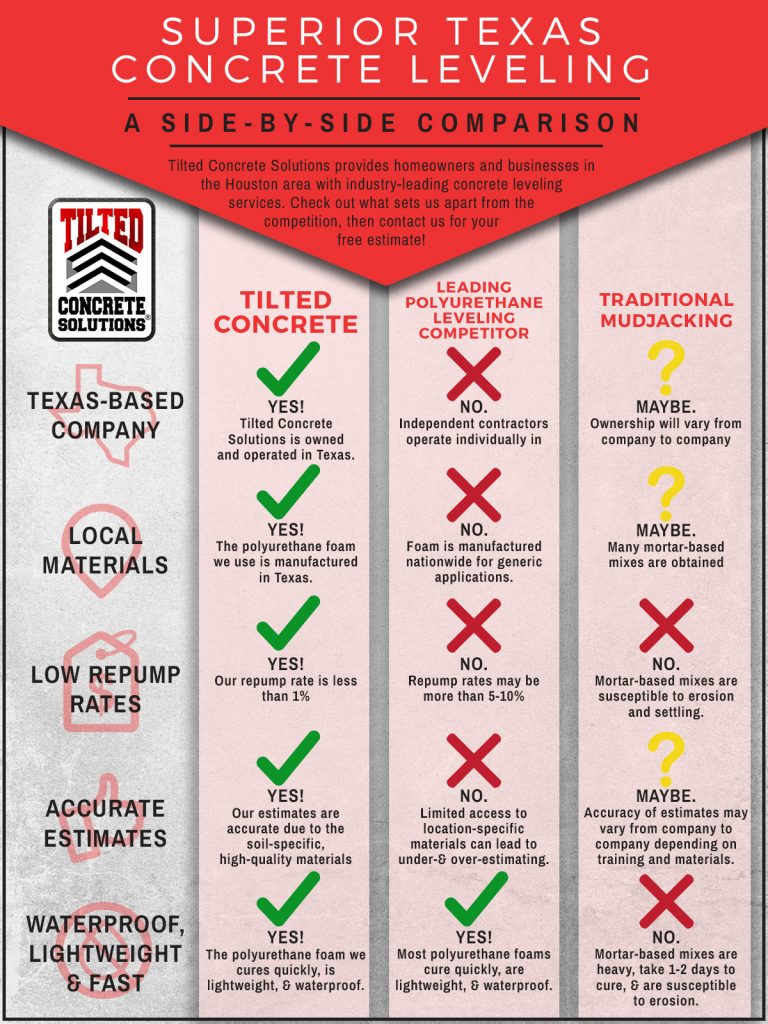In the realm of interior design, the art of optimizing small areas via tactical paint techniques supplies an extensive chance to transform cramped areas right into visually large havens. The cautious option of light shade palettes and smart use visual fallacies can work wonders in creating the illusion of room where there seems to be none. By employing these methods sensibly, one can craft an environment that defies its physical borders, welcoming a sense of airiness and openness that hides its actual dimensions.
Light Shade Choice
Selecting light colors for your painting can dramatically enhance the impression of space within your art work. Light colors such as soft pastels, whites, and light grays have the capability to mirror more light, making a room really feel even more open and airy. These shades develop a sense of expansiveness, making wall surfaces show up to recede and ceilings seem greater.
By using light shades on both wall surfaces and ceilings, you can blur the limits of the room, providing the perception of a bigger area.
In addition, light colors have the power to jump natural and synthetic light around the space, lightening up dark corners and casting less shadows. https://milouahns.blogdemls.com/29897709/prior-to-starting-your-paint-task-it-is-vital-to-understand-the-main-differences-between-interior-and-exterior-paint-this-understanding-can-significantly-impact-the-success-of-your-job contributes to the total spacious feeling but likewise develops a more welcoming and lively environment.
When choosing light colors, take into consideration the undertones to make certain consistency with various other components in the space. By strategically incorporating light colors into your painting, you can transform a confined room right into an aesthetically bigger and a lot more welcoming atmosphere.
Strategic Trim Paint
When aiming to produce the impression of area in your paint, tactical trim paint plays a vital role in specifying limits and enhancing deepness assumption. By strategically picking the colors and surfaces for trim work, you can efficiently adjust how light interacts with the space, eventually affecting exactly how huge or little a space feels.
To make a room show up bigger, consider painting the trim a lighter color than the walls. This comparison creates a sense of depth, making the walls recede and the room feel even more large.
On the other hand, repainting the trim the same color as the walls can develop a smooth look that obscures the sides, offering the impression of a continual surface area and making the limits of the room less specified.
Additionally, making use of a high-gloss coating on trim can reflect a lot more light, more enhancing the assumption of room. Alternatively, a matte surface can soak up light, creating a cozier environment.
Thoroughly taking into consideration these details when painting trim can considerably influence the total feeling and regarded dimension of a room.
Visual Fallacy Techniques
Making use of visual fallacy strategies in paint can effectively change assumptions of deepness and area within a given atmosphere. One common technique is making use of slopes, where shades change from light to dark tones. By applying a lighter color on top of a wall surface and slowly darkening it towards all-time low, the ceiling can show up greater, producing a sense of vertical area. Alternatively, repainting the floor a darker color than the walls can make it feel like the room extends further than it actually does.
One more visual fallacy technique includes the calculated placement of patterns. browse around this website , for example, can aesthetically expand a narrow space, while vertical red stripes can lengthen a space. Geometric patterns or murals with viewpoint can likewise fool the eye into regarding more deepness.
In addition, incorporating reflective surfaces like mirrors or metal paints can jump light around the room, making it feel much more open and large. By masterfully utilizing these visual fallacy techniques, painters can transform tiny rooms right into visually large locations.
Final thought
In conclusion, strategic painting techniques can be utilized to make the most of tiny areas and create the illusion of a bigger and a lot more open area.
By choosing light colors for wall surfaces and ceilings, making use of lighter trim colors, and including optical illusion strategies, understandings of deepness and dimension can be controlled to transform a small area right into a visually bigger and a lot more inviting setting.
